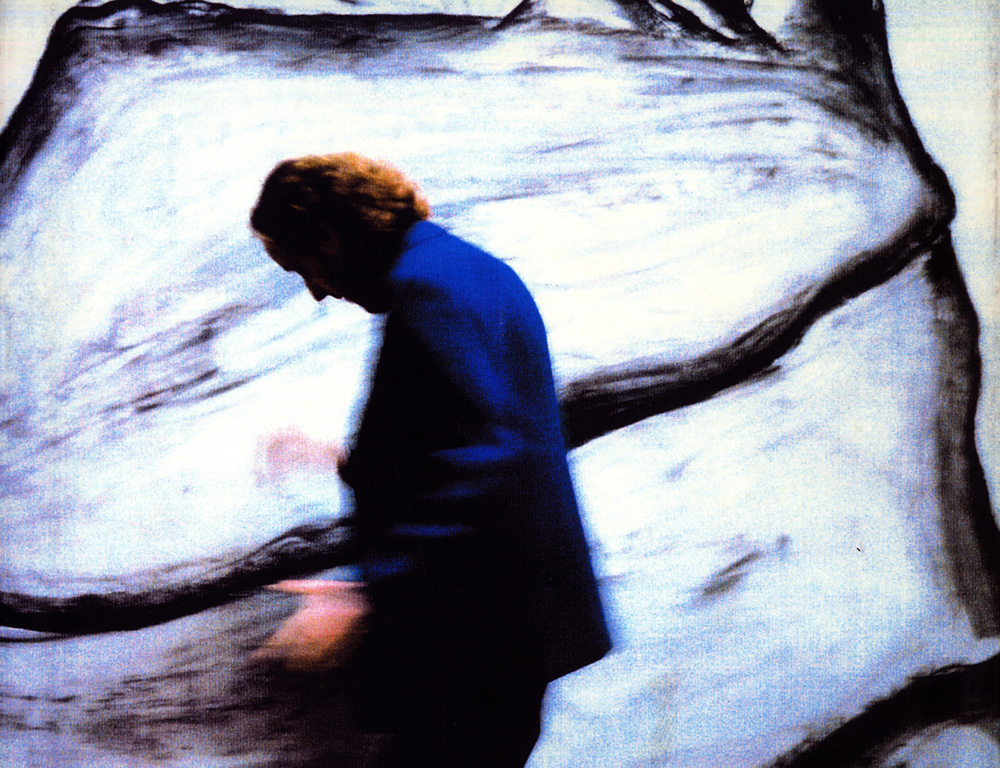Room 3
But you can’t get to painting through conceptual means, it’s such a naïve position that it surprises me. You have to feel the weight, the substance of the material, which comes from such a distant place. It’s a habit you can’t shake, an absurd vice, like a mirror in the morning.
Enzo Cucchi
Here, it is no longer a question of painting, graphics or sculpture. The division of genres has sunk into the Mediterranean waters and rises from them as Aphrodite or as martyr. But in resurrecting, it has become an all-encompassing sign; sign – image; sign – emblem. Just as happened to the rock engravings of the Camuni, to the mystery symbols of the Egyptians, to the martyred graffiti of the catacombs. As also happened on the walls of the most scattered churches, where dedications of devotion or requests for mercy and grace were engraved. As happens, finally, on the trunks of the woods where, with flaming points of very short blades, the names, dates and hearts of the poorest and most desolate loves stopped forever.
Giovanni Testori
Enzo Cucchi was born in 1949 in Morro d’Alba, a farming village in the province of Ancona. He lives and works between Rome and Ancona, places from which he draws inspiration for his art. After starting out in the conceptual field, he turned to figurative art, becoming one of the main exponents of the historic nucleus of the Italian Transavanguardia, themed by Achille Bonito Oliva. In his works on canvas, accompanied by numerous drawings and often presented by poetic texts written by the artist himself, he reappropriates myth, art history and literature with a visionary gaze (Cani con lingua a spasso, 1980 and Eroe senza testa, 1981; Sia per mare che per terra, 1980), giving life to compositions of great symbolic intensity, in which the world is often represented as a battlefield between two opposing principles.
After the large compositions using charcoal and collage, he experimented with the use of different materials, including earth, burnt wood, neon tubes and iron (in the Vitebsk-Harar series dedicated to Arthur Rimbaud and Kazimir Severinovič Malevič) while embracing an almost Caravaggio-like use of light, which allowed him to achieve spatial depth effects.






